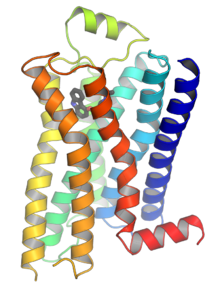
In the latest issue of the journal Molecular Cell, a team of researchers from McGill University have uncovered the underlying mechanism through which drug targets control the progression of several inflammatory diseases, such as cancer, rheumatoid arthritis, and COVID1-9. These researchers have deciphered how cell receptors function within a patient’s body.
Whenever pathogens such as viruses attack human body, the body elicits defense mechanism. The complement system of cell receptors plays a pivotal role in eliciting a defensive response towards antagonistic pathogens. The pathogens that enter our body can either be bacteria or viruses. In the presence of a virulent attack, the complement system activates two membrane receptors, namely, C5aR1 and C5aR2. These were the findings of the international team of researchers.
Although the complement system should be activated in the presence of pathogens, there can be instances where the activation is excessive and uncontrolled. This is a dangerous situation as it can cause inflammation and even life-threatening complications in patients with COVID-19. Latest genetic technologies such as CRISPR are cutting-edge tools to unravel the exact functioning of C5Ar2 membrane receptor of cells, which were also observed through cryogenic electronic microscope. With this information, researchers identified therapeutic drug targets of COVID-19.
According to a noted medical professor, COVID-19 cases can be treated by blocking the activated expression of C5aR1 membrane receptor of cells. Moreover, Avdoralimab is a clinically tested drug that showed high efficacy in tackling severe pneumonia of COVID-19 patients. On the other hand, our current team of researchers were focused on targeting the expression of C5Ar2. For this purpose, they designed novel drug molecules that effectively clung to the receptor C5Ar2, blocking its activated expression and suppressing the related inflammation.
In molecular biology, it is a well-known fact that receptors surround human body cells. These receptors serve as drug targets, that is, the active ingredient of the drug exerts its pharmacological action on receptors, which also function as messengers. In other words, signals are transmitted and received by receptors of cells, which govern various physiological mechanisms in the human body. With the help of latest genetic technologies, our researchers could uncover important information pertaining to novel drug discovery and cell signaling processes.
